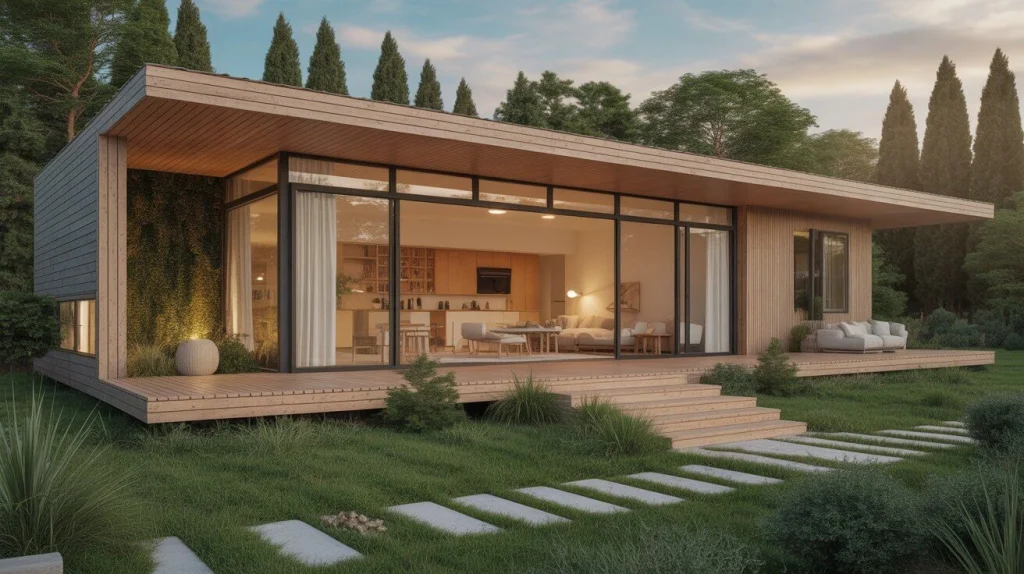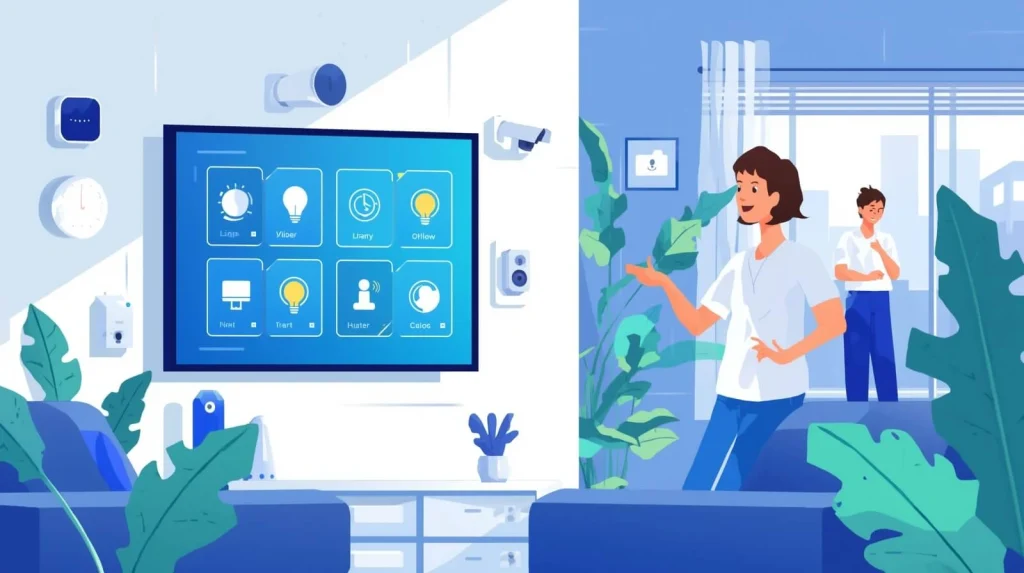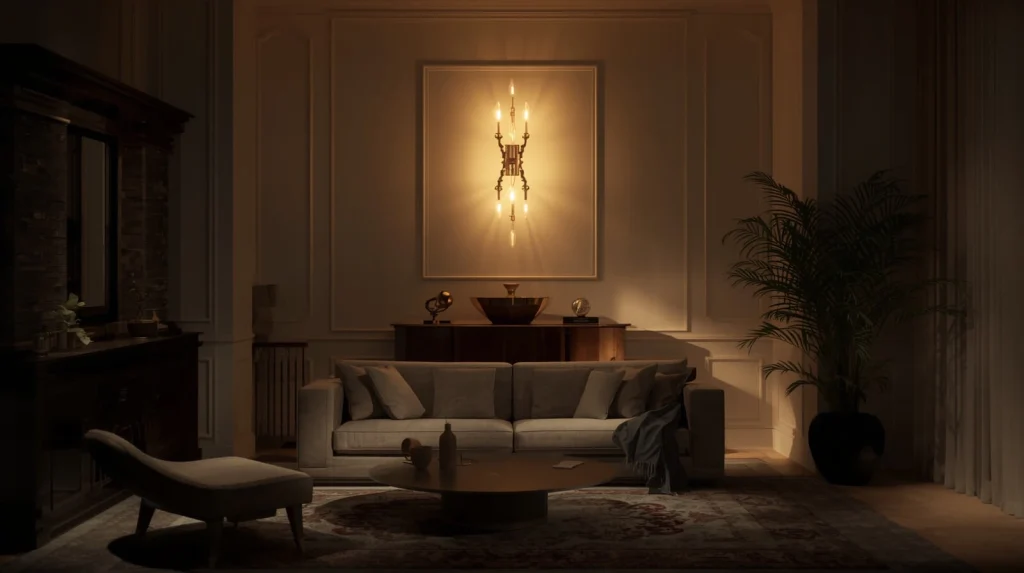Modern home design has become more than just an aesthetic choice—it’s a lifestyle that blends functionality, comfort, and style. From open floor plans to smart home features, today’s homes are built around the idea of creating spaces that feel both timeless and adaptable. If you’re planning to renovate or build, understanding the latest design principles can help you make the most of every corner of your home.In this article, I’ll share the key features and styles that define modern living, plus practical ideas that you can apply to your own space.

Content
Sustainable Materials in Modern Home Design: Building With the Future in Mind

One of the biggest shifts in modern home design and architecture trends is the focus on sustainability. Homeowners are increasingly choosing eco-friendly solutions like reclaimed wood flooring, recycled glass countertops, and bamboo cabinetry. These choices not only reduce environmental impact but also bring warmth and authenticity to interiors. For example, I recently visited a family home that used reclaimed barn wood for accent walls in their living room. The result was stunning—rustic textures seamlessly paired with sleek furniture designs, creating a perfect balance between old and new within a modern home design.
Open Floor Plans for Functional Living
Modern homes often embrace open floor plan ideas, eliminating unnecessary walls to make living areas feel larger and more connected. This design choice is perfect for families who want a natural flow between the kitchen, dining, and living spaces.Imagine hosting a dinner party where guests can mingle freely between rooms without feeling cut off. It’s not only functional but also encourages a sense of togetherness. To maintain privacy when needed, sliding doors or glass partitions can be incorporated without compromising the open feel.
Minimalist Home Style: Less is More
Minimalism continues to define modern home design, but it’s not about living in empty spaces. Instead, it’s about choosing pieces that are both purposeful and stylish. Neutral interior color schemes—such as whites, soft grays, and natural woods—help create a sense of calm and order. I always recommend starting with one focal point, like a sleek sectional sofa or a statement art piece, and building the room around it. This way, your home feels curated rather than cluttered.
Smart Home Features for Everyday Convenience

Technology is no longer a luxury—it’s an integral part of modern living. From voice-activated lighting to automated climate control, smart home features enhance both convenience and efficiency.One client of mine recently integrated smart blinds that adjust based on the time of day. Not only do they save energy by managing natural light, but they also add a futuristic touch to the home’s interior design.
Indoor-Outdoor Living for Natural Flow
Blurring the boundaries between indoors and outdoors has become a hallmark of modern home design. Large glass doors that open onto patios, seamless flooring transitions, and covered outdoor kitchens are all popular options. This trend works especially well in regions with mild climates, allowing homeowners to enjoy fresh air and nature without leaving the comfort of their modern home design. For added coziness, consider a fire pit or weather-resistant lounge furniture.
Multifunctional Spaces That Adapt to Your Needs
With more people working from home, multifunctional spaces have become a necessity. A guest bedroom can double as a home office, while a dining area can transform into a study zone for children.One of the smartest home décor inspirations I’ve seen was a built-in wall unit that concealed a fold-down desk. During the day, it functioned as a productive workspace; in the evening, it folded away, restoring the room’s minimalist style.
Bold Colors and Patterns for Personality
While minimalism dominates, modern design isn’t afraid of a little drama. Bold colors like deep blues, emerald greens, and terracotta accents are finding their way into furniture and textiles. Patterns—whether geometric rugs or artistic wallpaper—help give a space its personality. A good rule of thumb is to balance bold elements with neutral surroundings. For example, a patterned accent wall in a modern bedroom décor can become a striking centerpiece without overwhelming the room.
Statement Lighting as the Final Touch

Lighting is often overlooked, yet it’s one of the most powerful tools in shaping the atmosphere in modern home design. Statement lighting—like oversized pendant lamps or sculptural chandeliers—serves as both function and art. In one project, I worked with a couple who chose a dramatic linear chandelier for their kitchen island. It not only illuminated the space beautifully but also became the conversation piece, enhancing the overall aesthetic of their modern home design.
Case Study: A Family’s Transition to Modern Living
A few years ago, I worked with the Khan family to transform their 1980s suburban home into a modern, functional space. By opening up the kitchen and living room, we created a seamless floor plan complemented by a minimalist style with clean lines and soft colors. Warmth came from sustainable touches like bamboo cabinets and reclaimed oak flooring, while smart technology made everyday living easier. The result was a home that blended practicality, style, and sustainability—proving that modern home design is about more than trends; it’s about building spaces that adapt to your life.
Final Thoughts
Modern home design is more than just sleek aesthetics—it’s about creating spaces that are functional, sustainable, and tailored to your lifestyle. From stylish living room to cozy bedrooms, the right design choices can transform the way you experience your home. Whether you’re embracing minimalism, adding smart technology, or experimenting with bold patterns, there’s a modern idea to fit every space. If you’re planning updates, start small: introduce eco-friendly materials, add a statement lighting fixture, or try an open layout. Each choice brings you closer to a home that feels modern, comfortable, and uniquely yours.
FAQs
What are the 7 basics of interior design?
The 7 basics include space, line, forms, light, color, texture, and pattern—essential for modern home design balance.
What are 5 interesting facts about interior design?
Interior design influences mood, boosts productivity, reflects personality, improves resale value, and enhances modern home design aesthetics.
How to create a modern design?
Focus on clean lines, open layouts, sustainable materials, and minimalist décor for a functional and stylish modern home design.
What is the 3-5-7 rule in interior design?
The 3-5-7 rule balances colors or elements: 3 dominant, 5 secondary, 7 accents, helping achieve harmony in modern home design.

Hello, my name is Tameka Hart. I am a home blogger who writes about various ideas and tips for home improvement.











